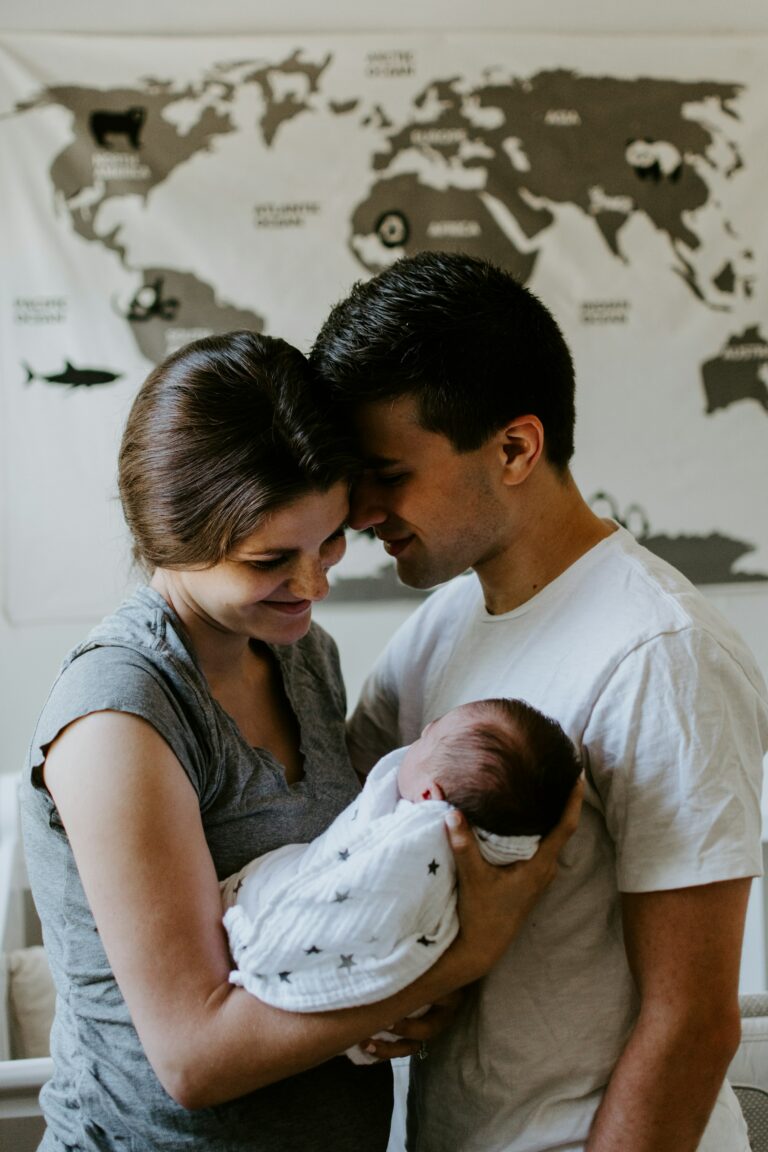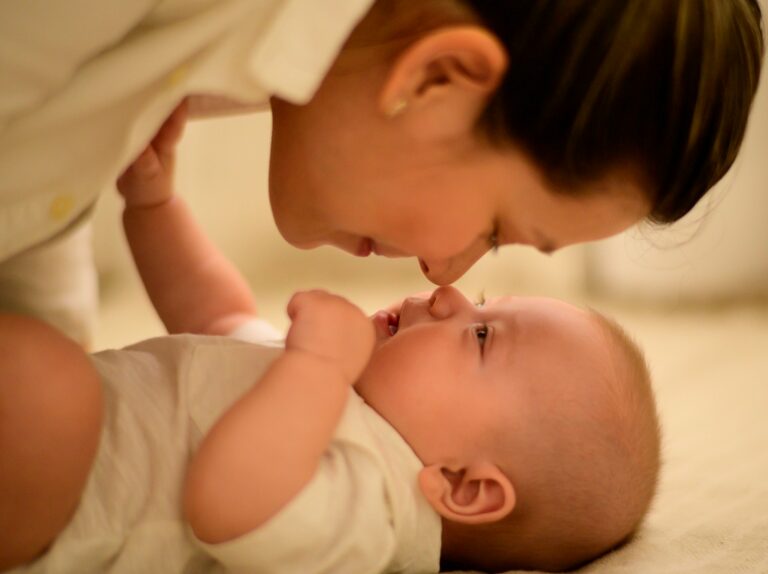Children thrive on autonomy, exploration, and the reassurance that comes from being understood in all their complexities. If you find yourself wondering how to nurture independence, foster curiosity, and support your child’s unique developmental rhythm—without sacrificing structure—you’re not alone. Parenting in today’s world often means sifting through competing advice, searching for evidence-based approaches, and hoping for more than just prescriptive answers. The Montessori method—a child-centered philosophy rooted in over a century of scientific observation—addresses these modern parenting concerns, offering both practical guidance and psychological depth. What really happens in a Montessori environment, and how can these principles be woven into daily family life? Journey through a comprehensive look at the core concepts, developmental science, daily realities, home adaptations, comparisons with other educational models, and practical considerations that can empower confident, informed parenting.
The foundational pillars of the Montessori method
What draws so many parents to the Montessori method? At its core, child-centered learning stands out—each child seen not as a passive vessel, but as a remarkably capable agent of their own development. Dr. Maria Montessori, a visionary Italian physician, drew upon neurodevelopmental research as she noticed patterns of intense, phase-specific learning that she called sensitive periods. In simple terms, these phases are windows where the brain eagerly absorbs particular skills, from language to movement, with astonishing efficiency.
If you’ve ever marveled as your toddler repeats the same action for days on end, you’re witnessing this neurobiological principle in action. The prepared environment—a scientific combination of sensory-rich, carefully ordered materials and accessible furniture—fosters self-initiated learning and encourages hands-on exploration, satisfying the developing mind’s hunger for experience.
Respect—real, observable respect—for your child’s process is not abstract. In the Montessori method, it’s a day-to-day practice: allowing mistakes, supporting trial and error, and fostering independence in practical tasks. Through multi-age classrooms, children experience both peer mentorship and collaborative learning, essential for the cultivation of social-emotional intelligence.
Montessori in practice: daily rhythms, learning areas, and the role of the guide
Life in a Montessori classroom weaves together order and freedom in unexpected harmony. Picture children choosing freely among inviting activities, each one meticulously designed to isolate and highlight a single concept—pouring water to develop coordination, fitting cylinders to differentiate dimensions, manipulating concrete learning materials to grasp mathematical relationships.
The Montessori curriculum spans several interconnected domains:
- Practical life activities—think spooning, sweeping, food preparation—build dexterity, concentration, and, importantly, self-esteem. When a child knots a shoelace or tidies a table, they’re not just mimicking adults—they’re stimulating the prefrontal cortex, the part of the brain responsible for planning and problem-solving.
- Sensorial materials help children refine sight, touch, hearing, and spatial awareness, actively wiring neural pathways for later academic concepts.
- Structured mathematics materials (like bead chains and number rods) enable children to actively construct numerical understanding, turning abstract ideas into tangible knowledge. This hands-on approach leverages the brain’s preference for concrete learning, particularly in the early years.
- Language development is nurtured through phonemic awareness activities, sandpaper letters, and storytelling, supporting robust literacy acquisition in the sensitive stage when language neurons proliferate.
Teachers—“guides”—in the Montessori method do much more watching and gentle facilitating than traditional instructing. Their specialized training (ideally through programs such as Association Montessori Internationale or the American Montessori Society) equips them to observe not just academic milestones but subtle cues about mood, readiness, and social needs. Instead of directing learning, they introduce expertly designed materials at optimal moments, and then step back—allowing the child space to practice newfound skills repeatedly.
Assessment occurs through close observation: tracking both progress and process, celebrating effort as much as mastery. Rather than focusing on top-down testing, Montessori guides document subtle developmental shifts, enabling early identification of learning preferences or emerging challenges without the stress of formal grades.
Montessori method for every developmental stage
The journey with the Montessori method doesn’t begin at preschool and abruptly end at primary school graduation. It flexes and evolves in step with human development:
- Infancy (birth–18 months): Soft mobiles, rattles, and safe spaces for free movement allow infants to explore with all senses, laying neural foundations for later motor and cognitive skills.
- Toddlerhood (18 months–3 years): Child-height sinks, open shelves, and small cleaning implements foster autonomy. Here, independence is not mere rhetoric—it’s the neurodevelopmental work of forming connections between intention and action.
- Preschool (3–6 years): Children in this phase show extraordinary capacity for order, concentration, and sensory differentiation. The Montessori environment capitalizes on this by offering multi-step activities, hands-on learning, and early academic materials—always matched to the child’s interests and pace.
- Primary (6–12 years): The sensitive period for social development blossoms. Group projects, storytelling, and research-based learning facilitate both intellectual and interpersonal skills.
- Adolescence (12–18 years): A surge in self-reflection and community engagement is met with meaningful work and opportunities for leadership, echoing what brain imaging studies confirm about the adolescent search for identity and autonomy.
An increasing number of Montessori schools globally are integrating bilingual education, immersing children in more than one language environment—a practice correlated with improved cognitive flexibility and greater cultural empathy, as indicated in recent pediatric research.
Contrasts with Reggio Emilia and Waldorf: understanding the landscape
How does the Montessori method compare to other progressive educational philosophies? The nuances matter. Reggio Emilia places strong emphasis on project work, collaborative artistic exploration, and the physical classroom as a living participant. Waldorf education is rooted in storytelling, artistic expression, and teacher continuity, following principles outlined by Rudolf Steiner. Montessori, in sharp relief, draws on a scientific understanding of developmental needs, using self-correcting materials and staged progression to make learning concrete and self-motivated.
Montessori’s distinctive focus on respect, hands-on materials, and individualized pacing—paired with its rigorous teacher preparation—sets it apart both philosophically and practically.
Medical and neuroscientific evidence: what does science reveal?
A growing body of peer-reviewed studies and neuroscientific research lends credibility to parental instincts to seek out the Montessori method. Children in authentic Montessori environments often show stronger skills in sustained attention, executive functioning (the mental toolkit for organizing, prioritizing, and executing tasks), and pro-social behavior. Notably, longitudinal studies from the United States, Europe, and India suggest persistent benefits into adolescence and adulthood. Comparisons consistently point to increased intrinsic motivation—the drive to learn for the sake of learning, rather than for external rewards.
Moreover, Montessori’s approach of observing and supporting, rather than controlling, aligns with what child psychologists now recognize as essential for the formation of secure attachment and resilience. Children given respectful freedom—within clearly defined boundaries—have more opportunities to develop frustration tolerance and independent problem-solving, protective factors against anxiety disorders later in life.
The realities: accessibility, variability, and potential challenges
The Montessori method, for all its research-backed benefits, is not immune to logistical and philosophical hurdles. Tuition-based private schools can make access difficult for some families, but the landscape is shifting—public Montessori programs are expanding steadily worldwide.
Because the term Montessori is not protected, program quality varies widely. Some schools follow strict AMI or AMS guidelines, employing technically trained guides and time-tested materials. Others may borrow the Montessori name while abandoning its foundational principles. For parents, this underscores the value of visiting classrooms, asking questions about staff qualifications, and observing the day-to-day realities before making a decision.
A potential stumbling block? The absence of traditional grades and exams, which can complicate transitions to conventional schools. Some children—especially those who thrive on clear expectations and direct instruction—may initially find the open-ended Montessori structure less comfortable. Recognizing and honoring your child’s temperament and learning style is essential.
Practical strategies for parents: integrating the Montessori method at home
Can you adapt Montessori principles in your own living room—even if your child doesn’t attend a Montessori school? Absolutely, and many parents already do, sometimes without realizing it. Here are concrete, evidence-based suggestions:
- Environment matters: Arrange spaces so that your child can access toys, books, and tools independently; low shelves, step stools, and unbreakable pitchers are small shifts that signal trust and foster competence.
- Real tools for real tasks: Invite your child to participate in routine family tasks using child-appropriate versions of adult tools—dustpans, spatulas, spray bottles. Actual, purposeful participation stimulates both fine motor development and a sense of belonging.
- Follow their lead: Observe your child’s questions and interests. If dinosaurs captivate, stock the reading corner with picture books about prehistoric life, or offer a sensory tray of sand and fossils.
- Celebrate process, not just outcomes: Focus on effort, curiosity, and persistence. When a spill occurs, offer a cloth, not blame.
- Build rituals for uninterrupted play: Protect time in your family rhythm for deep focus—a critical ingredient for developing both grit and creativity.
- Connect with Montessori resources: Explore credible books, online communities, and support networks. Staying informed empowers you to make nuanced decisions and adjust strategies when needed.
Key Takeaways
- The Montessori method champions child-centered learning, respecting individuality and supporting holistic development—in cognitive, social, and emotional spheres.
- Science backs Montessori’s approach: from brain development to emotional resilience, children often thrive in environments informed by this method.
- High-quality Montessori programs—those rooted in prepared environments, guided by technically trained educators, and using authentic, self-correcting materials—yield the best outcomes.
- Adapting Montessori at home is both possible and rewarding; small shifts in environment and mindset can foster your child’s independence, confidence, and curiosity.
- Each family’s needs are different, and thoughtful observation—paired with a willingness to seek professional guidance—is key in supporting every child’s unique journey.
- For personalized advice and free health questionnaires tailored for children, explore the Heloa app, designed to support parents with up-to-date resources and evidence-based recommendations.
Parents, your efforts truly matter. Raising children is an unfolding process, shaped by both science and compassion—and every step forward can be a moment of growth for both you and your child.
Questions Parents Ask
What is the ideal age to start Montessori at home?
There’s no strict rule for the best age to introduce Montessori principles at home—many families begin as early as birth. Even the youngest children benefit from environments that encourage free movement and discovery. As your child grows, you can gradually offer more independence by adjusting everyday spaces and introducing hands-on activities. The important thing is to follow your child’s rhythm and interests, adapting the environment to suit their developmental stage.
Can Montessori be adapted for children with special needs?
Absolutely. Montessori practices can be thoughtfully tailored to support children with a variety of needs. Because the approach is so focused on observing each child’s individual pace and preferences, it can provide a flexible and respectful learning environment. Specialized materials and individualized support can gently nurture skills in areas such as communication, motor development, or attention. Many parents find that the emphasis on autonomy, routine, and sensory experiences is particularly helpful and comforting for children who benefit from extra support.
Is it possible to practice Montessori without official materials?
Yes, you can integrate Montessori ideas at home without needing official materials. Simple household objects—like measuring cups, sponges, or baskets—can invite hands-on exploration and responsibility. The essence lies in offering purposeful activities that support independence and concentration. What matters most is creating a space where your child can freely choose, act, and learn at their own pace, surrounded by encouragement and trust.









